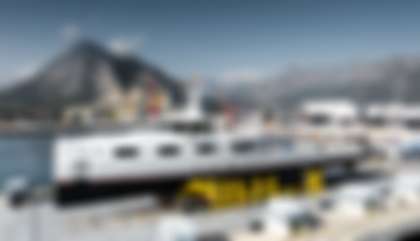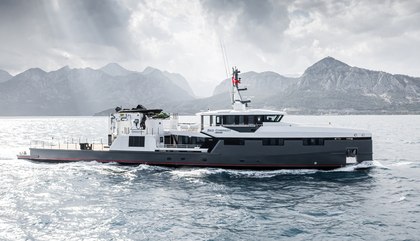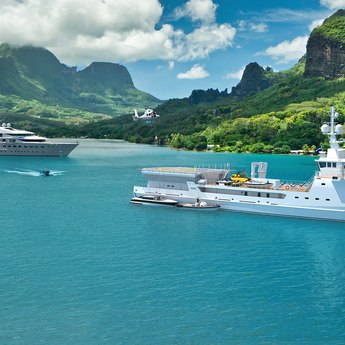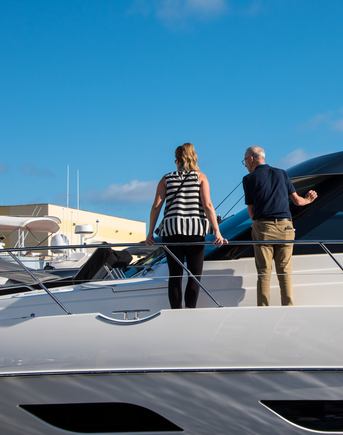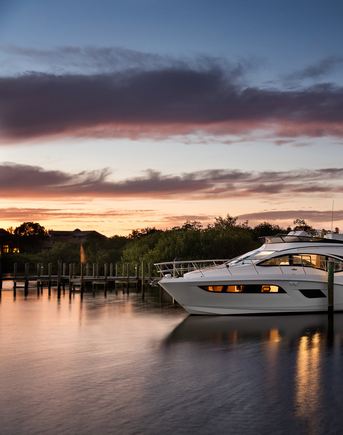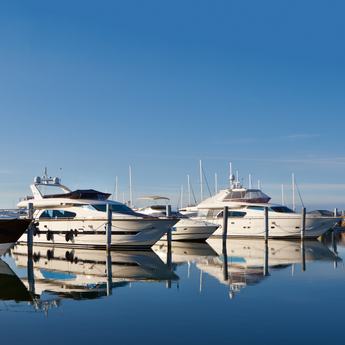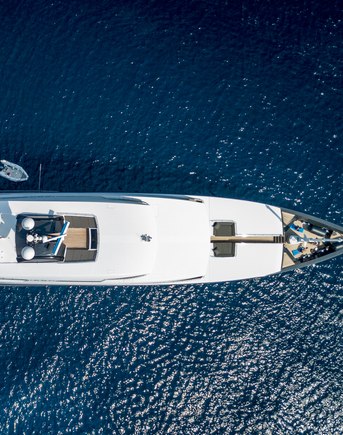New Support Vessel Yachts - Built to Order
NEW - Stock & In Build Support Vessel Yachts
Be the first to own one of these brand new support vessels. There's no need to wait - they're scheduled to complete and be available for 2025 & 2026 cruising.
Scheduled For Delivery
1 Not for sale to US residents while in US waters
2 Approx Price Conversion
Pictures shown are for illustration purposes only. Actual Yacht may vary due to client options.
Recent Award Winning support vessels
Check out the recent award-winning and finalist support vessel and models.
Support Vessel Yacht Guides & Advice
Take control of your support vessel purchase with our expert guides & advice.

